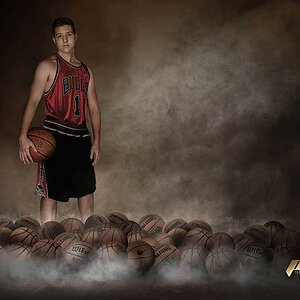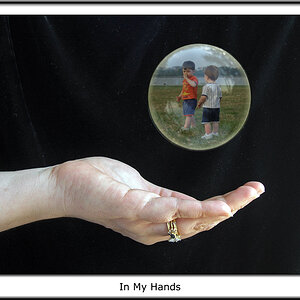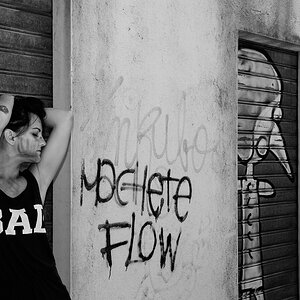Mr.goose
TPF Noob!
- Joined
- Apr 25, 2007
- Messages
- 6
- Reaction score
- 0
- Can others edit my Photos
- Photos OK to edit
looking at lenses for my 1D Mk II N
either a 70-200 2.8 USM
OR
100-400 2.5-5.6
both are L series
and what would be better the 70-200 with a doubler or just the 100-400 caus the doubler brings the 70-200 up to 5.6 and the 100-400 is 3.5-5.6 ?
anybody got or own any or have used any input would be helpfull
thanks
either a 70-200 2.8 USM
OR
100-400 2.5-5.6
both are L series
and what would be better the 70-200 with a doubler or just the 100-400 caus the doubler brings the 70-200 up to 5.6 and the 100-400 is 3.5-5.6 ?
anybody got or own any or have used any input would be helpfull
thanks





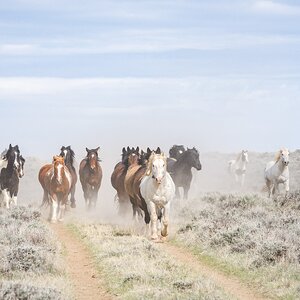
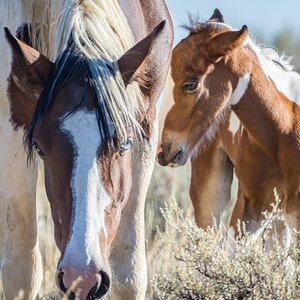
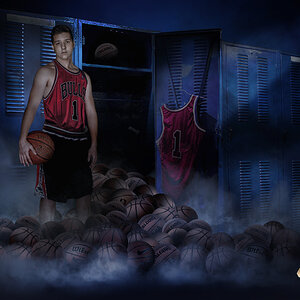

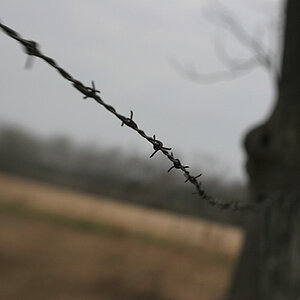
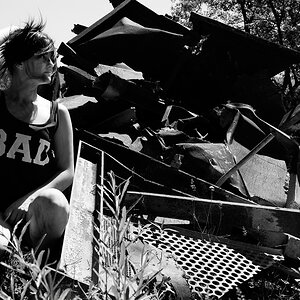
![[No title]](/data/xfmg/thumbnail/38/38740-d1a7721cf77e9309a9b4a4829c65fdd4.jpg?1619738704)
